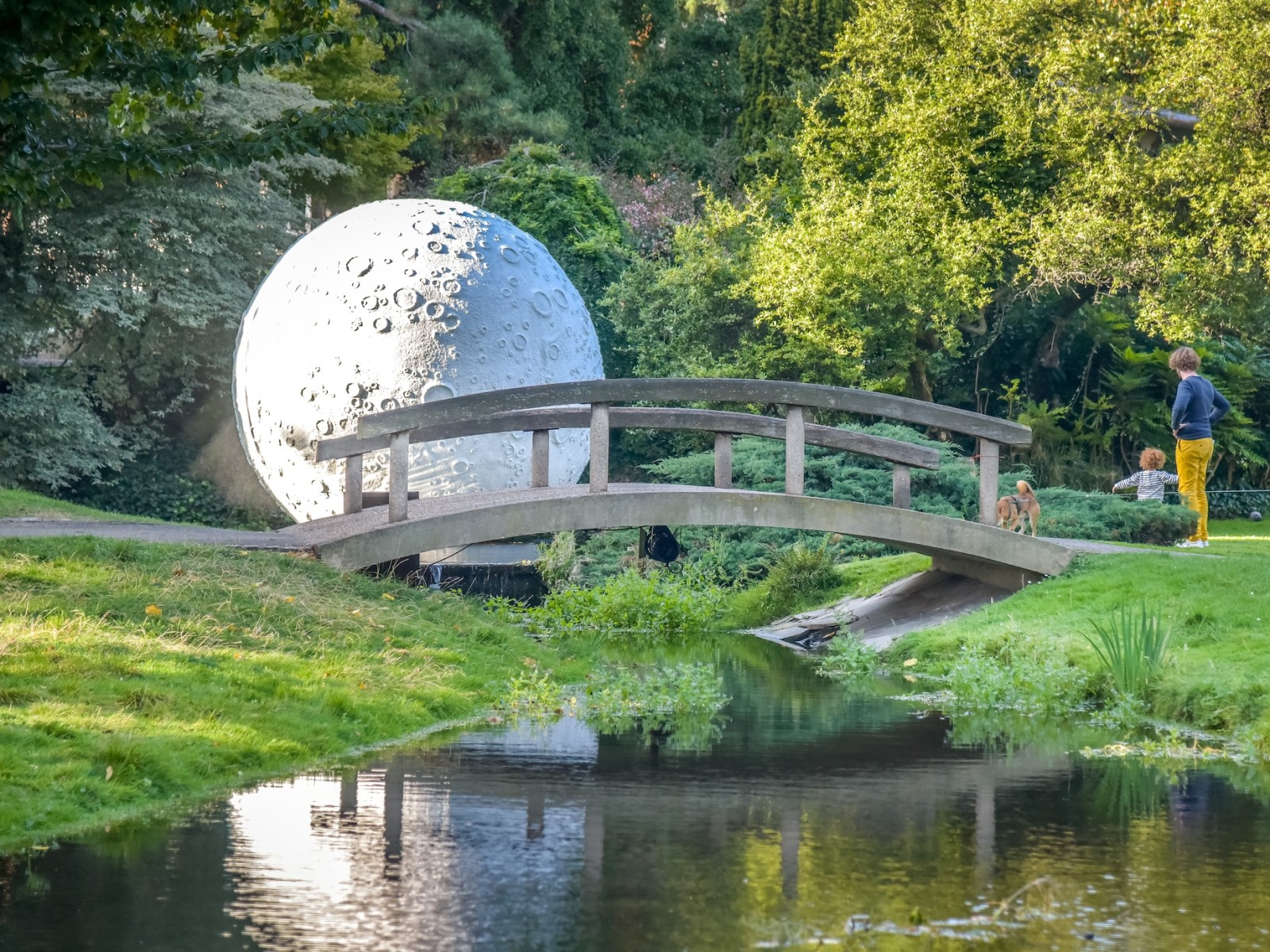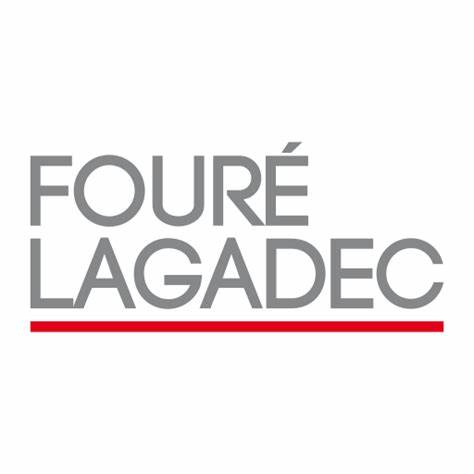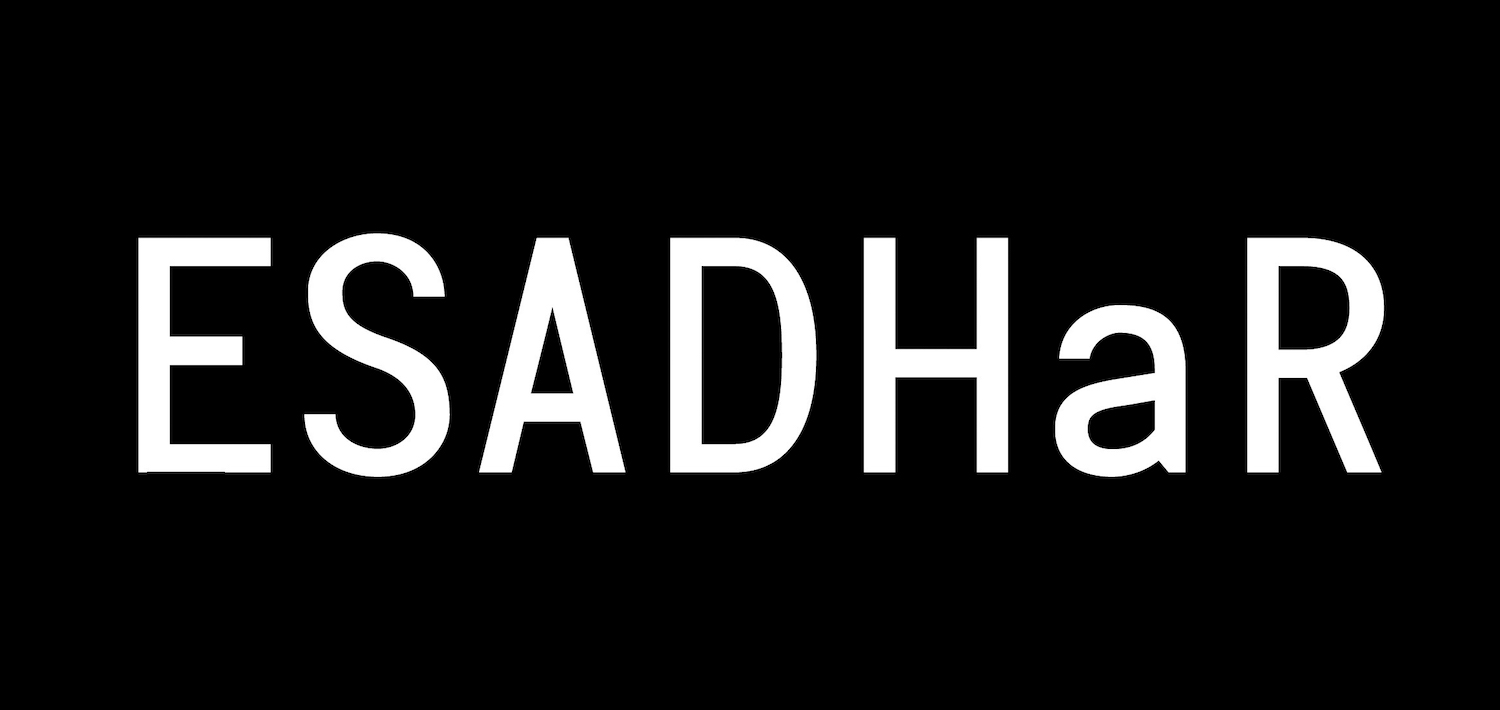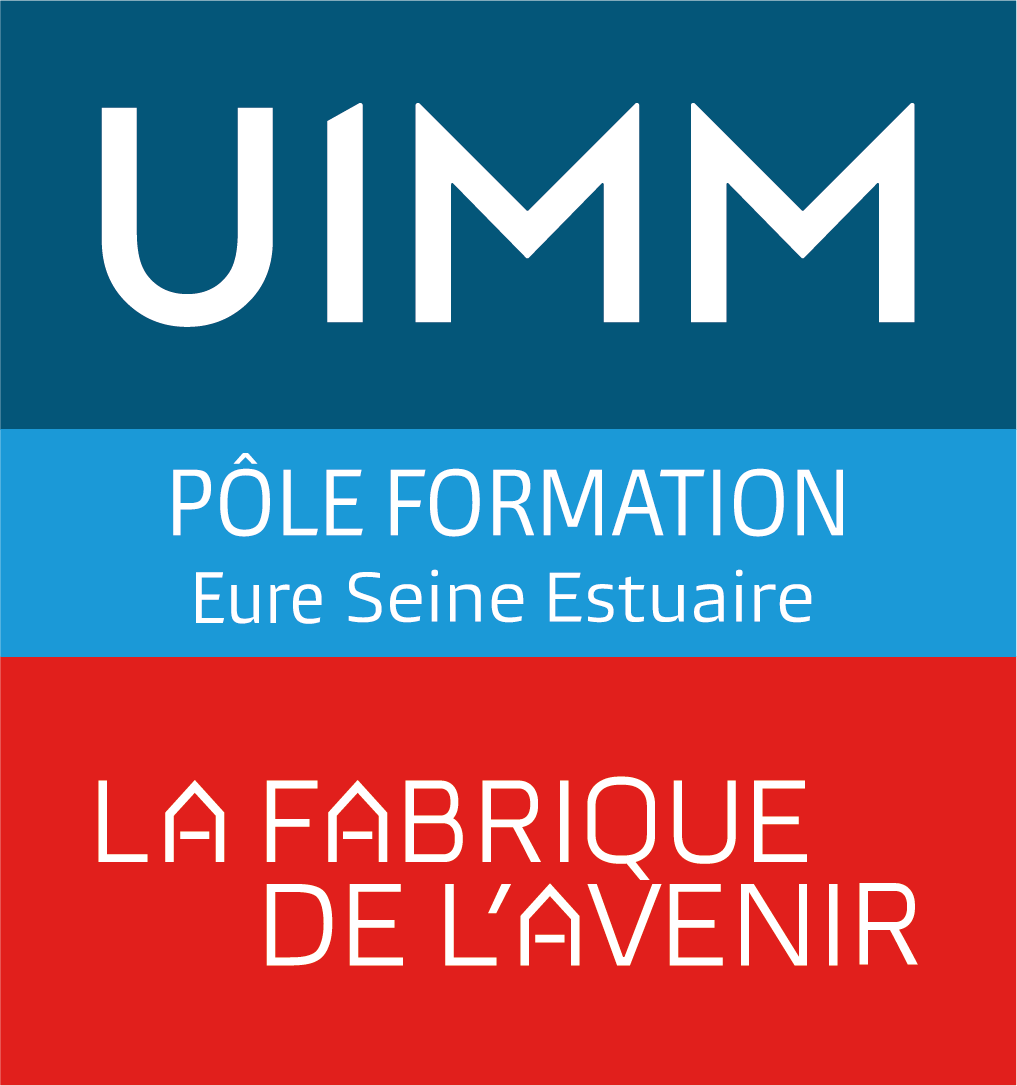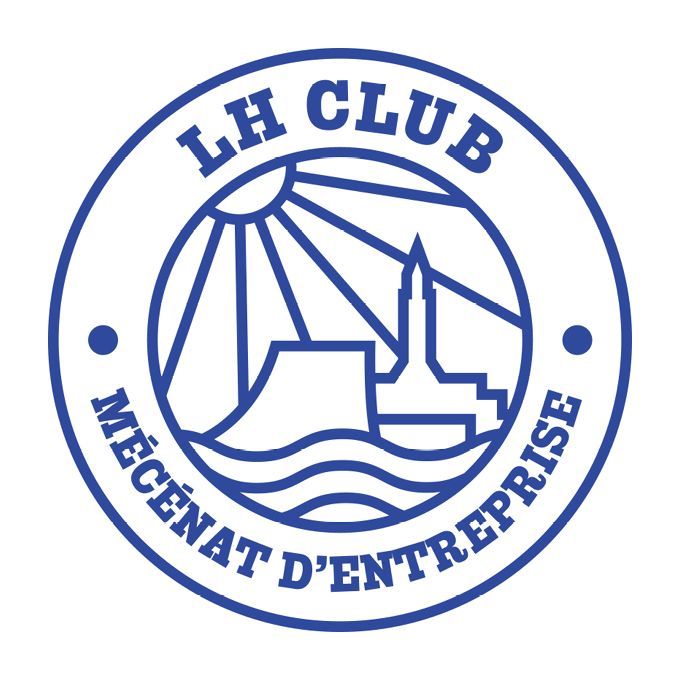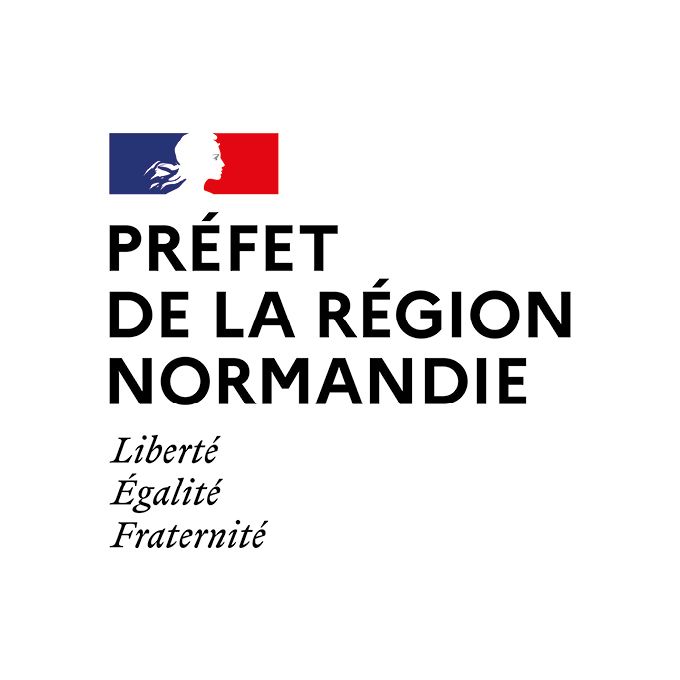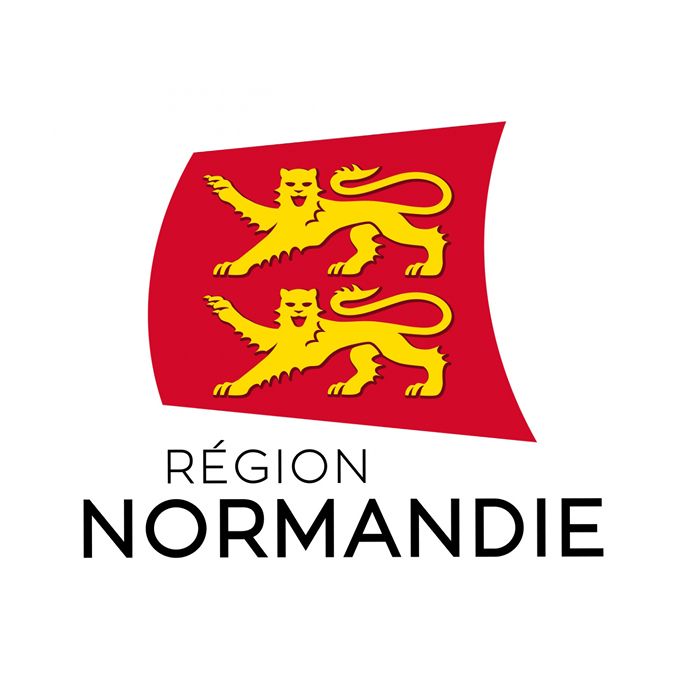La Lune s’estposée au Havre
Arthur Gosse
SAINT-ROCH GARDEN
The celestial body rests without gravity, in the heart of the vegetation; a surreal image, laying the foundations for a fabulous story
La Lune s’est posée au Havre (the Moon has landed in Le Havre) and, more precisely, in one of the ornamental ponds in Square Saint-Roch.
The celestial body rests without gravity, in the heart of the vegetation; a surreal image, laying the foundations for a fabulous story. The moon couldn’t have found a better place to land, in this romantic, tree-lined setting. Usually elusive, here it has acquired density and substance, and its surface is reminiscent of the grainy concrete surfaces of the rebuilt city centre. The comparison between this object and the port city continue: “Le Havre is like the moon, it’s grey, it’s far away, nobody goes there and yet it’s a fascinating place.
When you think of Le Havre, you immediately think of the city’s strong contrasting elements: land/sea, ancient/contemporary, the free-flowing water and the solidity of concrete – the material chosen for rebuilding the city centre. I wanted to create an installation that would encourage people to come and see Le Havre, the only city where “the moon has landed”. This allegorical installation could then exercise its pull on visitors in the same way as the moon does on the tides. This object is also a tribute to the material used to rebuild the city centre, as there is a close visual link between moon rock (regolith) and concrete. The moon, intriguing and mysterious, shares more than a common past with Le Havre, with its surface impacted by stellar debris invoking the 1944 bombardments suffered by the city. The installation sits on the surface of the water in a pool in the Square Saint-Roch, an iconic spot favoured by the people of Le Havre for strolling and relaxing. The work heightens this location’s poetic atmosphere, bringing it to a peak. Illuminated at nightfall, when the water turns as black as ink, the work becomes a mirage.” Arthur Gosse
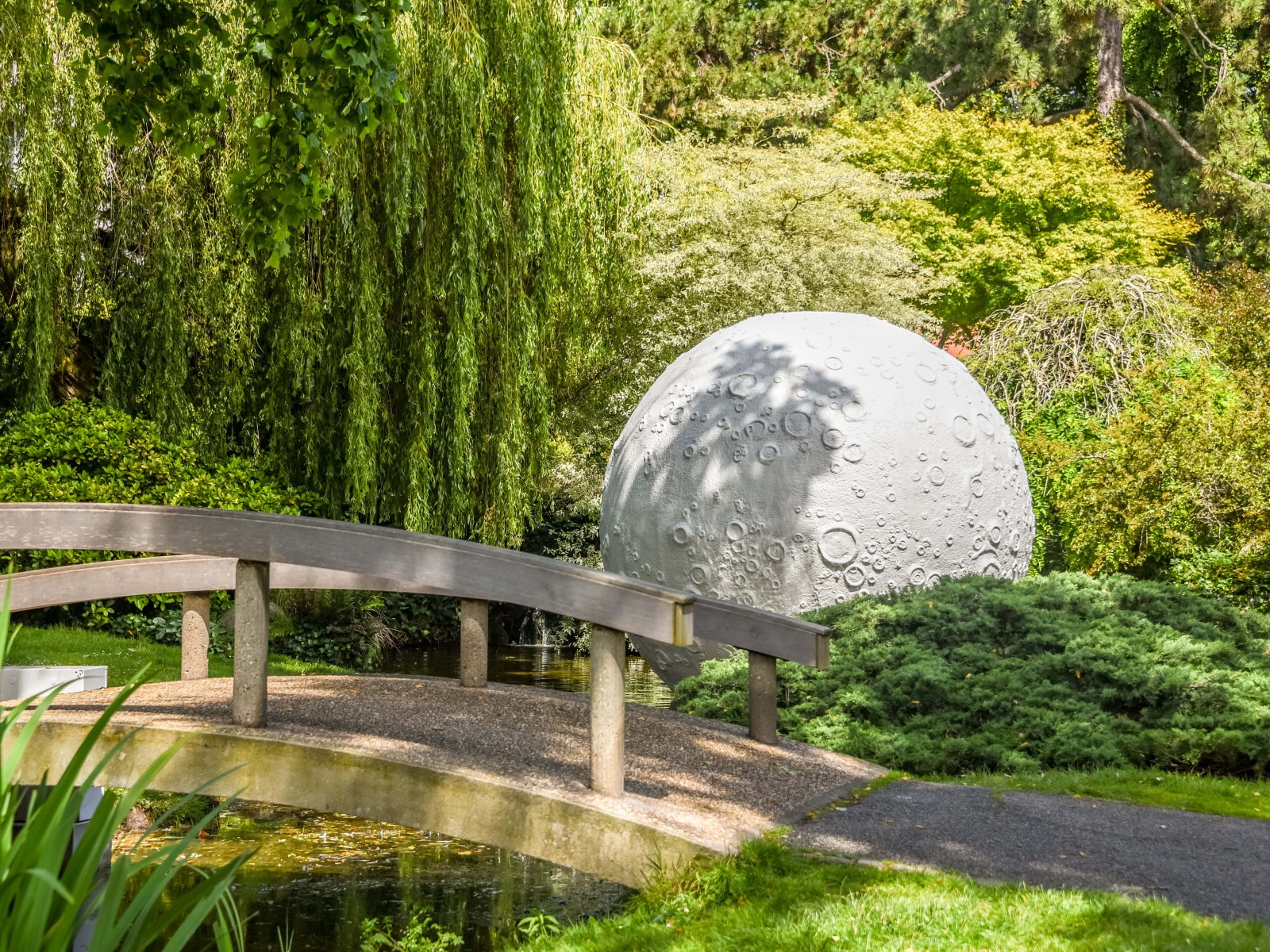
-Philippe-Bréard-(4)-min.jpg)
